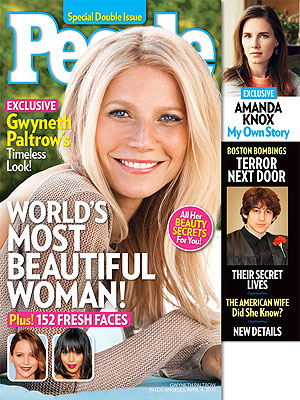There is no proof that weddings from the Viking era wore scarves go to the website. She had likely get held captive otherwise, along with a gydja and her woman staff. She may likewise lose her kransen, a symbol of her virginity.
To gauge his virility, her bridegroom did next dip his sword into a rooftree or other supporting pillar. The severity of the wound created would affect the woman’s kids ‘ chances of success.
1. Collectively, trek in the Hall
The bride might become escorted down the aisle by both relatives or a loved one rather than being “given away” by her father. The festival will therefore start, and she will sit on the groom’s left.

The best person will be the next to enter; he did both input alone or with his groomsmen and therefore take a seat to the bride’s right during the festival. He will also be holding the bouquet of flowers for the bride.
2. Speeches delivered at the greeting
At the reception, the maid of honor usually speaks. This is a wonderful minute that emphasizes the qualities that make the few ideal for one another, much like the best man conversation does.
Usually, the father of the bride is the next to speak. He wishes his daughter chance in her future matrimony and expresses his love and pride for her.
At the welcome, any tourist is welcome to raise a glass. Be careful not to use the camera exclusively, though. Keep your remarks succinct and charming.
3. Changing into the Bride’s Sneakers
An old custom that represents wealth for the honeymooners is a quarter in the princess’s boot. It is a variation on the well-known wedding rhyme” something old, something new,” borrowed, and something blue.”
Before the service in Sweden, the bride’s mother places a gold penny in her footwear. Following the blessing of the bracelets, the bridegroom gives his wife a penny.
Vikings did not get married for erotic factors; rather, they did so for economic and political factors. Perhaps but, immorality during union could result in a lady being fined or killed.
4………………………. The Entourage Is Not Necessary
In Scandinavia, speeches at weddings are a free event for everyone. During the dinner reception, any visitor is welcome to address the camera and wish the happy couple nicely. This implies that the speeches may go on for several days.
Several Swedish people do not hire any bridesmaids or guys as a result. Some of your friends and family members who might get aggressive during the flowers shove might find this a smaller surprising!
5. 6. The Kransen of the Bride Is Taken Off
The bride may spend her time alone before the ceremony with feminine friends, family, and perhaps even a gydja to make sure she was totally virginal for the great day. Her Kransen, a gilt circlet that symbolized her single status, may remain taken away from her and carefully wrapped in cloth for storage.
The man may subsequently sneak into one of their predecessors’ tombs and get a sword to give the wedding. This was a significant ceremony for Viking couples and represented the transfer of safety between the families.
6. 5. Bride’s Feast
The marriage feast was frequently a week-long celebration, so plenty of food materials had to be on hand. As a result, the date would need to be adjacent to harvest season.
The couple’s home was visited by the bridegroom, his family, and visitors as the festival got underway. She crossed the threshold of her new life, becoming a wife in the symbolic sense.
She moreover took off her kransen, a headpiece latvian women for marriage that represented her virginity.
7. 7. The Bride and groom Trade Swords
The bride did receive his ancestral sword from the man as a sign of her move of family lineage. Since historic weapons frequently had swear bracelets incorporated into the hilts, he also swore a pledge of allegiance to her.
In the sagas, there are hints that a husband was required to give extra money for what are known as morgen-gifu, or day gifts, after receiving his or her dowry. It might have been family items, bracelets, or apparel.
8…………………………………….. The meeting for fasting
The few connects their hands with a wire during this meeting. It serves as a reminder that they will always be united.
One of the few marriage customs from the Viking era that has not changed is this one. In actuality, this is the origin of the term “handfasting.”
This was a crucial move because it formalized the marriage from maiden to woman. Additionally, it stopped the father’s household from providing aid for illegal babies.
9. 1. The Crown of the Bride
The princess’s locks is important when it comes to weddings. It represents fecundity and masculinity. She braids it in complex habits because of this.
Viking brides may travel to a bath before the meeting with married woman family members and friends. She would purify herself below to rinse away her virginity. Finally she took off her kransen and saved it for her potential girl to use as a wedding king.
The few next traded daggers, symbolizing the division of defense between their communities. This is where the phrase “tying the knot” originated.
